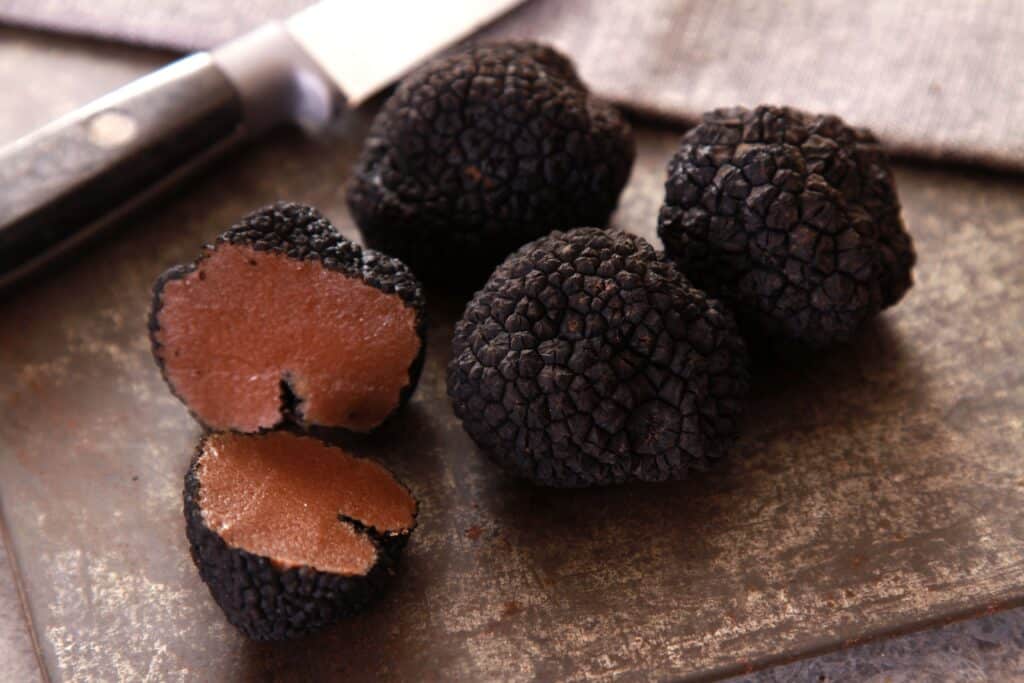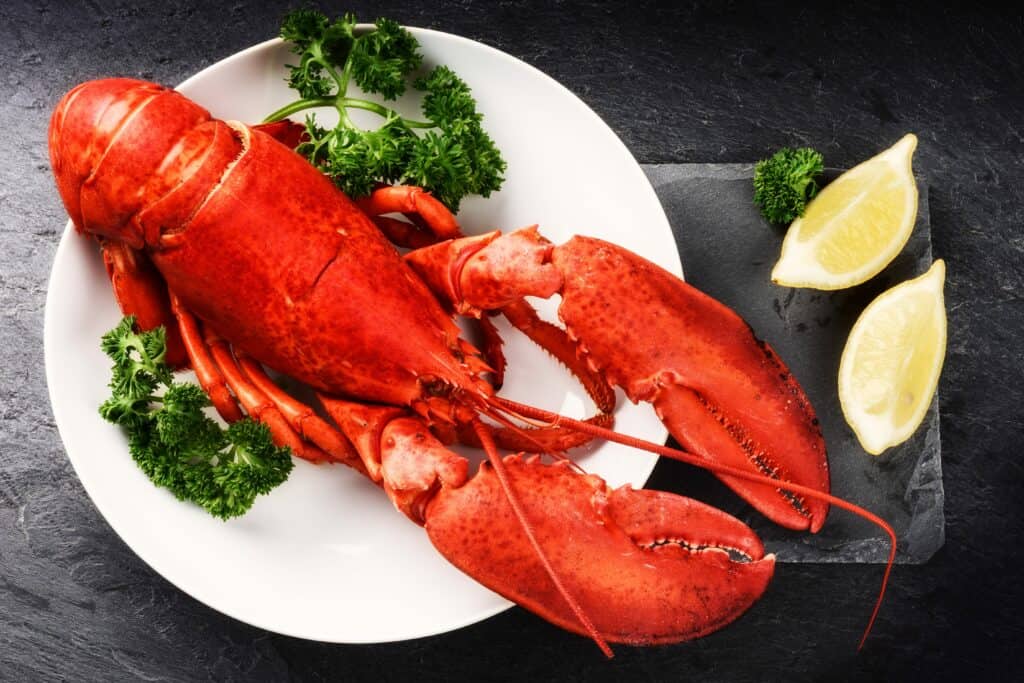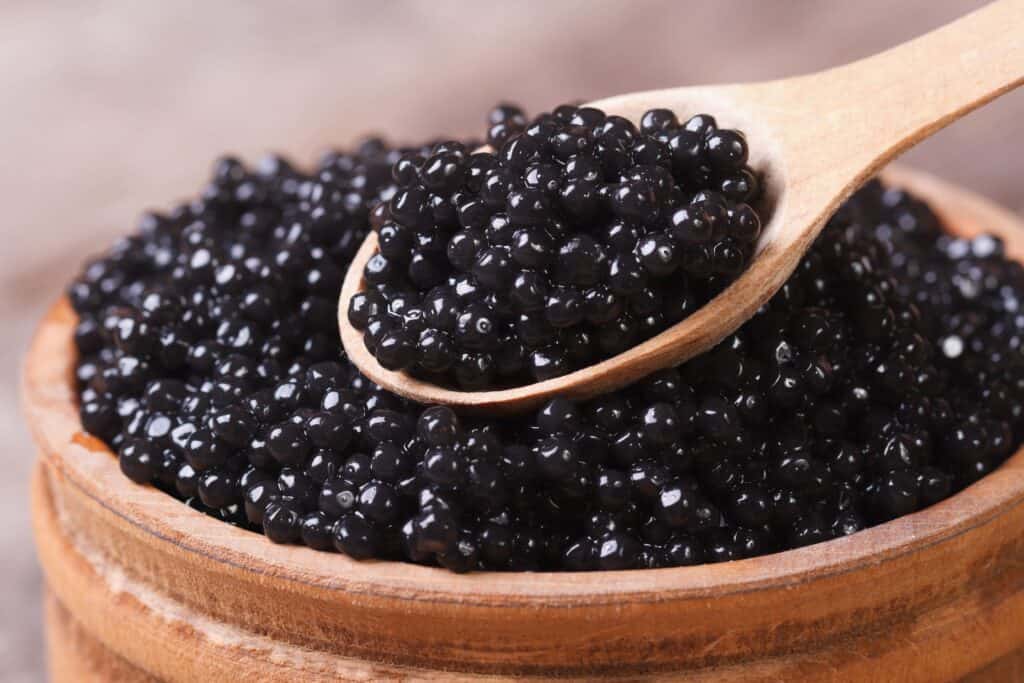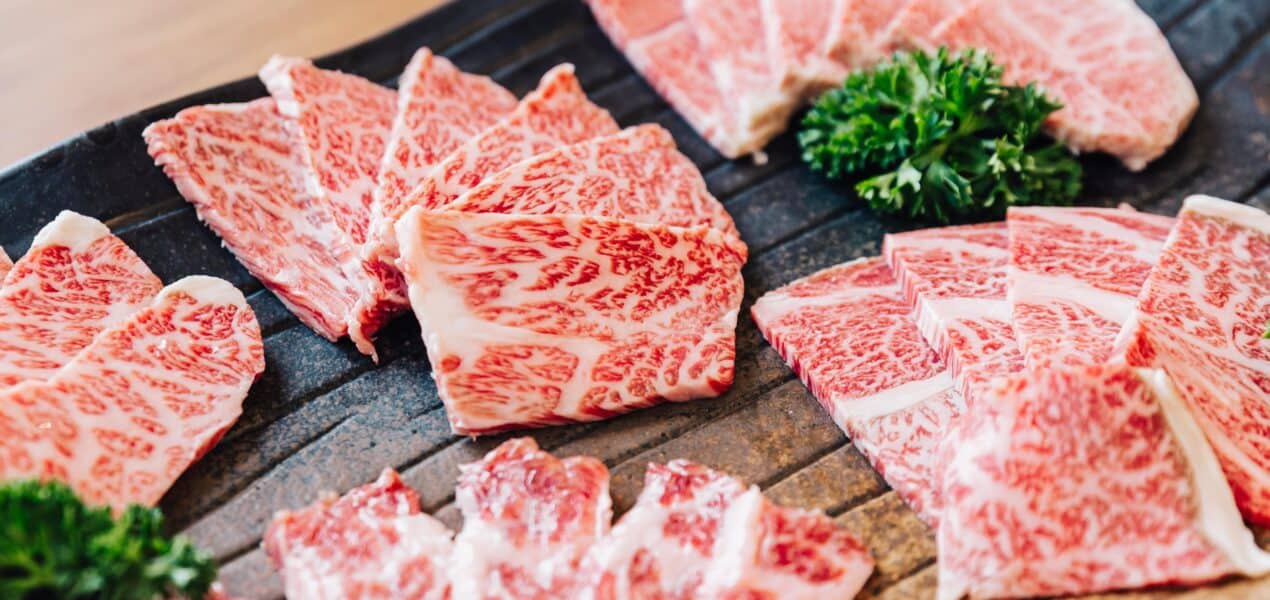Updated On: April 07, 2024 by dina
Exclusiveness, decadence, and high prices of luxury food captivate our imaginations. These dishes, which range from rare delicacies to superb culinary masterpieces, provide a sense of luxury and delight. However, the price of upscale meals can vary significantly based on quality, availability, location, and market swings. Additionally, pricing is subject to revision. Therefore, checking with individual vendors or sources for pricing information is recommended.
This article will examine the world of luxury foods, the characteristics that define them as such, and the explanations for their heightened position. It will also discuss the health issues these indulgent luxury items raise.
What Is Luxury Food?

Luxury food refers to high-quality, exclusive, and often expensive food items associated with prestige, indulgence, and exquisite culinary experiences. These foods are typically made from exceptional ingredients, prepared with great attention to detail, and often presented in unique or artistic ways. Luxury food can encompass a wide range of products, including:
- Caviar: Delicate fish eggs, particularly from sturgeon, have a rich, buttery flavour and luxury status. The cost of caviar can vary based on the type and quality. For example, Beluga caviar, known for its exceptional quality, can range from several hundred to several thousand dollars per ounce. Other varieties like Osetra and Sevruga caviar can be relatively less expensive, ranging from around $70 to $200 per ounce.
- Truffles: Rare and highly prized fungi that grow underground, typically used in small quantities to add intense and unique flavours to dishes. Truffle prices vary significantly depending on the type (black or white), origin, and seasonality. Black truffles often cost between $200 and $500 per ounce and are less expensive. However, white truffles, especially those from Italy, can rise to $2,000 to $3,000 per ounce or even more during peak season.
- Kobe beef: A type of highly marbled and tender beef originating from specific breeds of Wagyu cattle in Japan. Authentic Kobe beef from Japan is known for its premium quality and can be pretty expensive. Depending on the quality and cut of the meat, prices can range from around $200 to $300 per pound or more.
- Foie gras: It is A popular dish made of the fatty liver of a duck or goose, known for its rich and creamy texture. Foie gras prices vary depending on the type (duck or goose), quality, and preparation. It may cost around $50 to $100 per pound for foie gras.
- Oysters: Premium, fresh oysters are prized for their salty flavour and are often served raw as a luxurious delicacy. Depending on the type and geographical area, oyster prices might change. Depending on their size, uniqueness, and freshness, premium oysters can cost anywhere from $2 to $5 per piece or more.
- Lobster: A coveted crustacean with succulent and sweet meat, often served steamed, grilled, or in upscale seafood dishes. Lobster prices can fluctuate based on season, availability, and location. Live lobsters can range from $15 to $30 per pound, while cooked or prepared lobster dishes at upscale restaurants can be significantly more expensive.
- Saffron: is considered one of the most expensive spices in the world, primarily due to the labour-intensive cultivation and harvesting process, derived from the stigma of the crocus flower, known for its vibrant colour and distinct flavour. Saffron can cost around $5 to $20 per gram or more, depending on the quality and origin.
- Champagne: Sparkling wine produced in the Champagne region of France, associated with celebrations and luxury due to its sophisticated production methods. Champagne prices vary widely depending on the brand, quality, and vintage. Prices typically range from $30 to several hundred dollars per bottle, with prestigious brands commanding higher prices.
- Beluga caviar: The most expensive and highly sought-after type of caviar, sourced from Beluga sturgeon, known for its large, glossy black eggs. One of the priciest varieties of caviar is beluga. Depending on the quality and availability, prices per ounce range from several hundred to several thousand dollars.
- Wagyu beef: It is a highly marbled and tender beef from specific Japanese cattle breeds, renowned for its melt-in-your-mouth texture and rich flavour. Authentic Japanese Wagyu beef, such as Kobe beef, can be expensive. Prices may range from $100 to $200 per pound, depending on the cut and quality.
The concept of luxury food can vary depending on cultural preferences and personal tastes. Luxury food often reflects exclusivity, rarity, and the ability to provide unique gustatory experiences beyond everyday dining.
Why Are Some Types of Food Expensive?

Some types of food are considered luxuries and expensive for several reasons, such as:
- Rarity: Many luxury foods are sourced from rare or difficult-to-obtain ingredients. For example, truffles are highly prized because they grow in limited quantities and require specific conditions to flourish. Similarly, certain types of caviar, like Beluga caviar, come from endangered sturgeon species and are therefore scarce.
- Exquisite Flavour: Luxury foods often possess exceptional flavours that differentiate them from common ingredients. For instance, Kobe beef is renowned for its intense marbling and tenderness, producing buttery and flavourful meat. The distinct flavour of these foods enhances the dining experience and creates a sense of exclusivity.
- Labour-Intensive Production: Luxury foods require meticulous and labour-intensive production processes. For example, foie gras involves force-feeding ducks or geese to enlarge their livers, while the harvesting of saffron requires hand-picking the delicate threads from crocus flowers. These demanding production methods contribute to these foods’ higher costs and exclusivity.
- Symbol of Status and Prestige: Luxury foods have long been associated with affluence, social status, and abundant dining experiences. Consuming these foods is often considered a display of wealth and sophistication. In addition, their high price tags make them inaccessible to many people, adding to their exclusivity and desirability.
- Culinary Craftsmanship: Luxury foods are often prepared by skilled chefs and artisans who have honed their expertise in handling these exceptional ingredients. The meticulous attention to detail, presentation, and flavour combinations contribute to the luxurious dining experience.
- Limited Supply and High Demand: The combination of limited supply and high demand further contributes to the luxury status of these foods. As their availability is scarce, the prices are driven up, making them accessible only to those willing to pay for the experience.
The perception of luxury food can vary across cultures and individuals, and what is considered a luxury in one context may not hold the same significance in another.
Are Luxurious Foods Healthy?

The luxury foods’ healthiness can vary depending on several factors, including their nutritional composition, preparation methods, and consumption patterns. Here’s a general overview:
- Caviar: Caviar is a good omega-3 fatty acids, protein, and vitamin source. However, it is also high in sodium (salt) and cholesterol (fats), so it should be consumed in moderation, especially for individuals with specific dietary restrictions or conditions.
- Truffles: Truffles are low in calories and fat, but they are primarily used in small quantities to enhance the flavour of dishes. Therefore, their impact on overall health is minimal when consumed as a seasoning rather than a significant portion of a meal.
- Kobe beef: Kobe beef is known for its high marbling, which contributes to its rich flavour and tenderness. However, it is also high in fats and saturated fats. Therefore, moderation is advised when consuming Kobe beef to maintain a balanced diet.
- Foie gras: Foie gras is very high in saturated fat. It is also a controversial product due to the force-feeding process involved in its production. As a result, its consumption should be limited, and it may not align with certain dietary preferences or ethical considerations.
- Oysters: Protein, vitamins, minerals, and omega-3 fatty acids are abundant in oysters. Although they contain a lot of cholesterol, they are relatively low in calories and fat. Oysters may be nutritious when eaten in moderation, but anyone with shellfish allergies or some medical issues should avoid them.
- Lobster: Lobster is low in fat and carbohydrates and contains good protein. But it is high in sodium. Therefore, moderation is recommended; individuals with shellfish allergies or specific dietary needs should exercise caution.
- Saffron: Saffron is low in calories and fat and contains some antioxidants. However, it is usually used in small portions due to its rich flavour, limiting its direct impact on health.
- Champagne: Champagne is a sparkling wine and, like other alcoholic beverages, should be consumed in moderation. Excessive alcohol consumption can have adverse health effects. However, champagne contains neither fat nor cholesterol nor has fewer calories than other alcoholic beverages.
- Beluga caviar: Beluga caviar shares similar characteristics with other types of caviar in terms of nutritional composition, such as high protein, omega-3 fatty acids, and cholesterol. As with other caviar, moderation is key.
- Wagyu beef: Wagyu beef, including Kobe beef, is known for its high-fat marbling. While it offers a unique flavour and tenderness, it is also high in saturated fats. Therefore, it is best enjoyed in moderation as part of a balanced diet.
A healthy diet is balance and moderation. While luxury foods can be indulgent and flavourful, their consumption should be mindful and part of a varied and nutritious eating pattern.
The availability, excellent tastes, and rigorous production techniques of luxury foods make them highly coveted. As a result, they serve as status symbols and are frequently connected to happy celebrations and displays of affluence. But it’s essential to approach these delicacies moderately and consider any potential health effects from elements like high-fat content, cholesterol, or other dietary requirements. The buttery texture of Kobe steak, the delicate explosion of flavour from caviar, or any other indulgent luxury cuisine continues to fascinate our senses and remind us of the creativity and quality that goes into fine dining.











